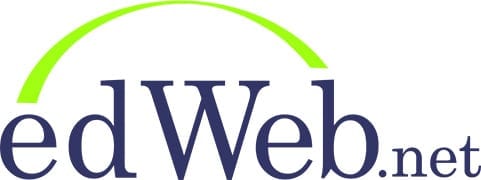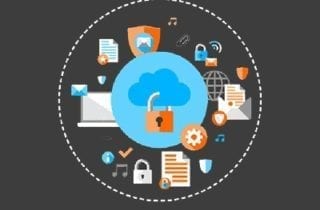Before COVID-19, home internet access for all students was a goal—one that some districts even thought they had achieved. But the pandemic and forced distance learning have exposed a plethora of inequities in schools that many district leaders now see as issues they must address. In the edWebinar, “Digital Equity Strategies for Learning Beyond the Classroom,” the presenters talked about how they are managing digital equity in the COVID-19 era and what they see as the critical next steps.
Budgets. Student outcomes. Constituent communications. Previously, these were key elements in developing a strategic technology plan. And while those issues are still important, school and district leaders must now factor in that schools may never function the same way again. In the edWebinar, “Strategic Technology Planning: Aligning Priorities, Costs, Outcomes and Sustainability,” the presenters discussed new items that must become part of strategic plans.
The current crisis has highlighted the disparity between students with and without equitable access to technology, especially in rural schools. While most teachers are being asked to take their lessons directly to the students’ homes, many administrators know that the challenges in their district go beyond whether or not students have enough devices to do their classwork. During CoSN and ClassLink’s edWebinar, “Leading Digital Transformations in Rural School Districts,” the presenters talked about how the COVID-19 situation amplifies the obstacles rural schools face transitioning to a 21st century learning environment.
Join thie edWebinar to discuss the challenges and benefits of harnessing the human power of community to truly take the digital leap.
Every two or three years, state and federal laws regarding accessibility in education change. However, the goal is always the same: making sure that every student, at every level (classroom, building, district), has access to the resources they need to meet their learning goals. During ClassLink and CoSN’s edWebinar, “Accessibility for All: Creating an Equitable Learning Ecosystem,” the presenters discussed the lessons they’ve learned, especially regarding technology as an instrument for accessibility.
The goal of digital equity is to ensure that all students have access to devices, high-speed internet, and opportunities to learn both in school and out. While digital equity is a challenge for all school districts, Dr. Beth Holland, Digital Equity and Rural Project Director for the Consortium for School Networking (CoSN), points out that it becomes a very complex issue given the challenges within rural schools and systems. In a recent edWebinar, Holland along with Jennifer Austin, CETL, Instructional Technology Coordinator at Lac du Flambeau Public School in Wisconsin, Michael Flood, Vice President of Strategy at Kajeet, and Tammy Neil, Computer Science Teacher at Suwannee Middle School in Florida, discuss the unique challenges rural districts face when providing students’ online access to their education. Flood explained that when students don’t have equal access to devices and high-speed internet, it prevents them from having the same kinds of learning opportunities as their more connected peers.
Whether schools are 1:1 or still relying on computer carts, the move to online assessments creates new needs from devices to professional development to data privacy policies. During the edWebinar, “Online Assessment: An Effective, Coordinated, District Leadership Team Approach,” administrators from the Hampton Township School District in Pennsylvania offered lessons they learned from implementing a comprehensive online assessment program.
Everyone has been to school and has their own image of what a classroom should look like. And depending on their background and experience, not everyone is supportive of tech-infused learning. Yet, 1:1 classrooms, BYOD, and tech-supported education are today’s reality. During the edWebinar, “Leading Digital Learning: Successful Strategies for 1:1 Implementations,” the presenters focused on how to get buy-in from within the school and across the community to improve chances for success and sustainability.
Discuss the challenges of digital equity in rural schools and systems. Each rural context presents different challenges and opportunities.
Do you know where your data is stored? With the increased emphasis on student data privacy, many school leaders might think they have a handle on cyber security. But even that seemingly simple question may have complex answers. Presenters in the recent edWebinar, “Cyber Security: Concerns, Strategies and Solutions for Schools,” warned that with the increasing variety and strength of cyber attacks, most schools will face incursions. They offered key strategies for going on the offensive against hackers.










